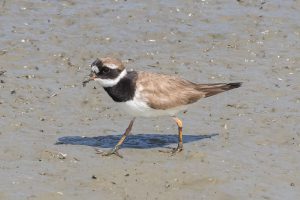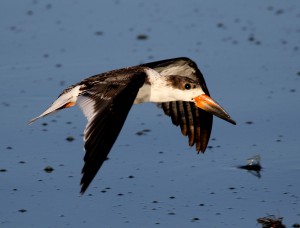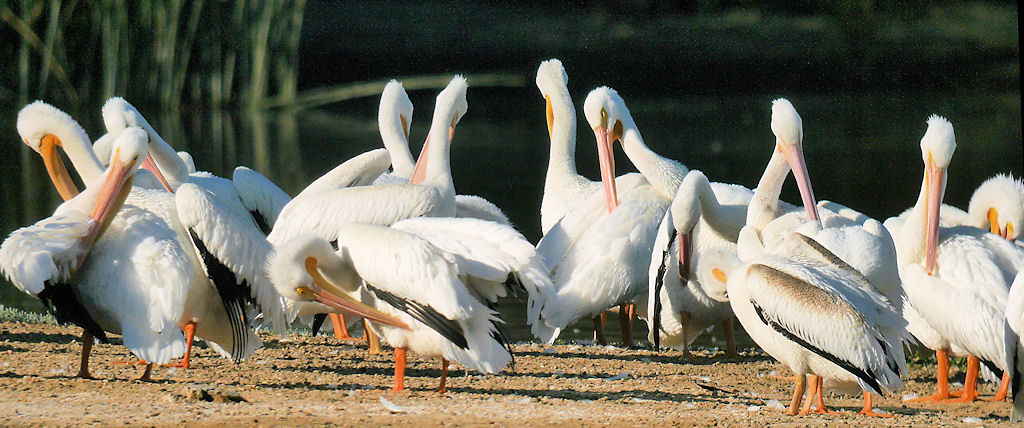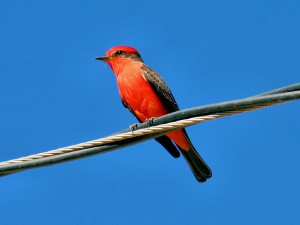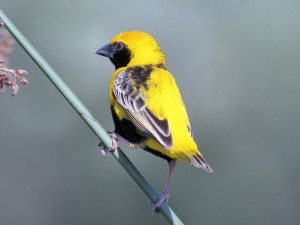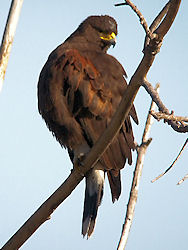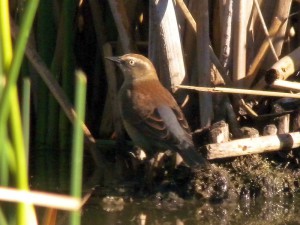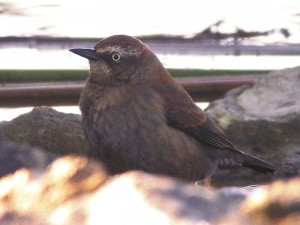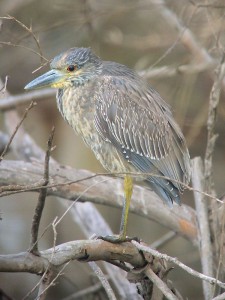
Sub-adult Yellow-crowned Night-Heron
We recently visited Bolsa Chica Ecological Reserve to look for the reported juvenile Yellow-crowned Night-Heron. This is one of those location, location, location things. In Florida, a Yellow-crowned Night-Heron excites nobody. But in California, where for decades the nearest breeding population of these night-herons was down in Baja somewhere, it’s a pretty uncommon bird. In recent years, a small Yellow-crowned Night-Heron population has become established in an apartment complex in Imperial Beach, CA, in the shadow of Tijuana. Even so, a Yellow-crowned Night-Heron away from there is newsworthy in southern California.
At the time, this immature bird constituted the second confirmed record for Orange County. The first one showed up in 1977 at San Joaquin Wildlife Sanctuary. We see Yellow-crowned Night-Herons regularly now. This suggests the presence of a more local breeding population. But back then, a lot of local birders chased this bird.
The Heron was Elusive
We went on a Saturday morning, with someone who had seen the bird only the day before. Thus, we were confident of success. Naturally, we couldn’t find the stupid bird! We circled the entire pond under the bluff there. We checked out every immature Black-crowned Night-Heron on the property, without any success. Finally, it turned out that the Yellow-crowned Night-Heron was actually roosting among a large group of Black-crowned Night-Herons in the trees right where we started. The night-heron cooperated, but only grudgingly. It gave us long looks at fairly minimal distance. But it perched in a dense tangle of branches that always obscured it. Eventually we got a few photos.
A Gift Burrowing Owl

Wintering Burrowing Owl
Next, we searched the ground squirrel burrows around the mesa looking for returning Burrowing Owls. Eventually we found one bird. The didn’t get great views because the bird never completely emerged from its burrow. But at least we found it. Later in the day, someone else found a second bird. Burrowing Owls are often hard to locate. If you don?t know how or where to look for them, overlooking them is easy.
Burrowing Owls are tough to come by in Orange County. Widespread development pretty much gobbled up virtually all grassland habitat in the county. A small breeding population of this species subsists in an area closed to the public. Also, scattered wintering birds pop up as winter migrants, like the Bolsa Chica birds. Hopefully, these two will stick around for the upcoming Coastal Christmas Bird Count!
The pictures were taken by digiscoping with a Kowa TSN-884 spotting scope and a Nikon CoolPix P6000 (Night-Heron) or a Kowa TSN-883 with a Nikon CoolPix P300 (Burrowing Owl). The optics were mounted on a Manfrotto MT055CXPRO3 carbon fiber tripod with a MVH500AH pro fluid digiscoping head.

